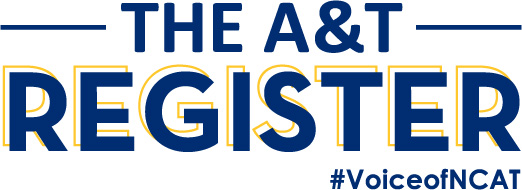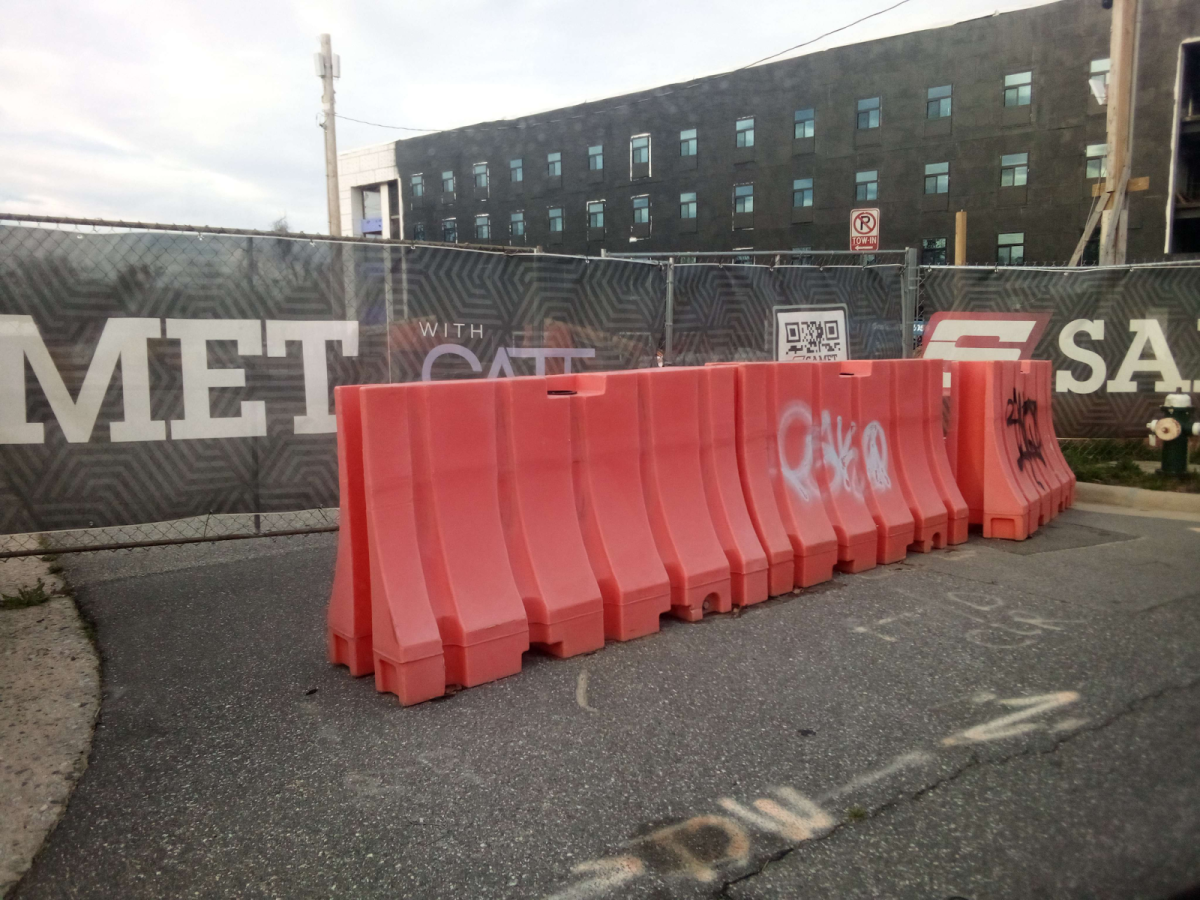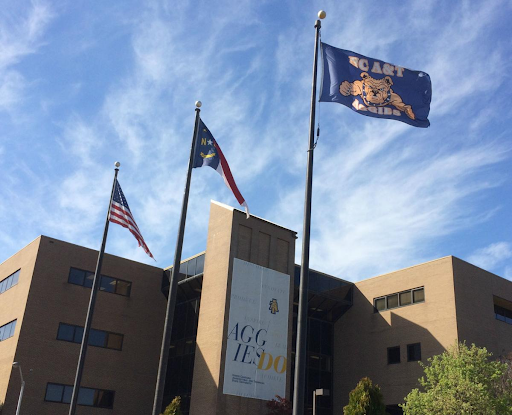Student housing is becoming scarce and even as N.C. A&T expands its housing, the proposed solutions will continue to fall short.
According to A&T, the university houses more than half of their undergraduate students, which is significantly higher than most universities which house around 30% of their undergraduate students.
The student housing crisis is one part of the wider national housing crisis. In Greensboro the rate of unsheltered people at any one time has been rapidly increasing.
Student housing is a state-wide issue as NC State University, North Carolina University at Chapel Hill, and University of North Carolina at Greensboro have all reported trouble accommodating the increasing number of students.
Destinee Maringa, a freshman biology major attending N.C. A&T witnessed some of the failings of student housing.
“Our rooms had mold, a friend got sick and had to go to the hospital, they wanted to leave [the university],” Maringa said.
Udonna Dennis another freshman attending N.C. A&T reported that the mishandling of student housing has made students feel unwelcome at the university, and like the housing department doesn’t care about them.
In terms of the amount of students housed, A&T is doing better than average but accessible housing is still a significant problem for the average student. Building affordable housing for students is the typical proposed solution, and that can help temporarily alleviate the problem.
Some of the problems with building more housing is there is a limited amount of land around campus that could be converted, and building housing takes time, often years. Also, if enrollment were to slow down, having unoccupied housing is a costly money sink.
However, even this solution comes with a trade-off, simply building more student housing often requires universities to buy cheap land and renovate old structures. This raises local property values and incentivizes landlords to raise rents as they then have higher property taxes.
One extreme example is Boyd Street and the surrounding area, where some of A&T’s construction and renovations are taking place. If an A&T student were to walk down Boyd Street they would be met with dozens of houses boarded shut. The now vacant houses’ residents were kicked out or forced to sell because of rising rent or property taxes.
In less than 5 years the neighborhood around Boyd Street and the surrounding area went from a lively, although low-income, neighborhood to a collection of boarded-up and unmaintained houses.
While A&T isn’t to blame for the ridiculous system that kicks people out of their homes because the neighborhood was improved or renovated. But, this raises the question of what long-term and holistic solutions are available to the housing crisis.
One of the greatest contradictions of the housing crisis is that the US currently has enough houses for everyone and still hundreds of thousands of people that are houseless. But this doesn’t apply to student housing, because A&T’s problem is that there physically isn’t enough residential units to keep up the drastic increase in student enrollment.
Beyond building more housing which can be expensive and time-consuming, A&T could do a rent assistance program for students with special housing needs or who are otherwise unable to live on campus. This would allow A&T to house more students without needing to buy and renovate properties, and it wouldn’t increase financial pressure on surrounding neighborhoods. However, this would be costly and likely not sustainably scalable for the university.
Similarly, A&T could do a housing voucher program, where a student is allotted a voucher that covers up to a specific amount in rent and utility costs, but the student would be solely responsible for finding acceptable housing. This puts more pressure on the student, and would likely be limited to scholarship or financial aid recipients.
There is also finding land already on campus suitable for new housing to be built. This has been the past solution and A&T is currently doing this with the Bluford Residence Hall, which A&T started construction for back in February of 2024. It will be A&T’s 16th on-campus residential hall and one of the largest ones, being 5 stories tall, and construction is expected to be finished in the Spring of 2026.
But all of these are short-term solutions. The only long-term and holistic solution is if housing is recognized as the human right it is. For example, Finland has cut houselessness by 75% in the last 30 years because of a Housing First program.







